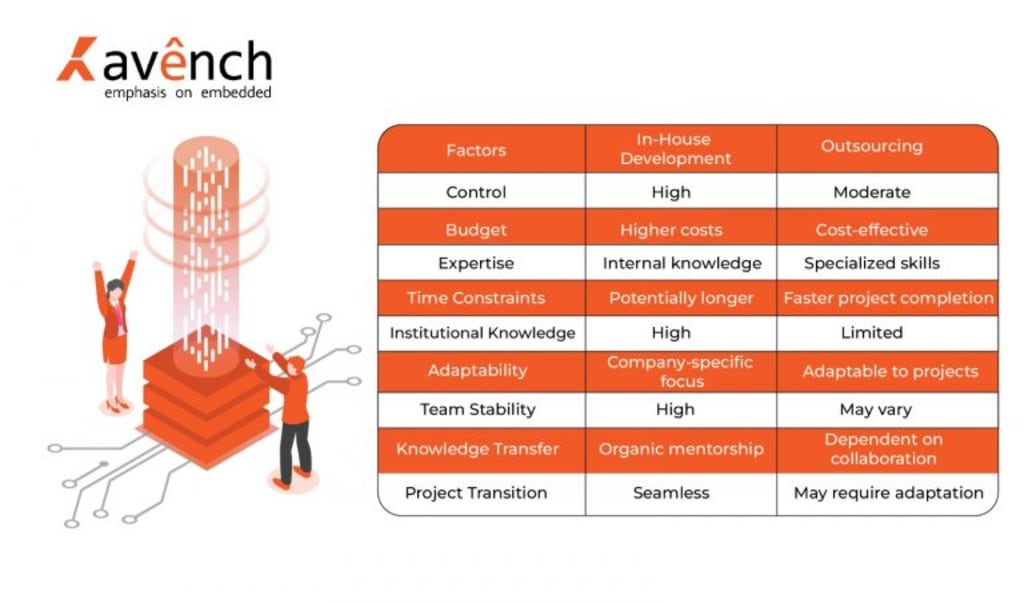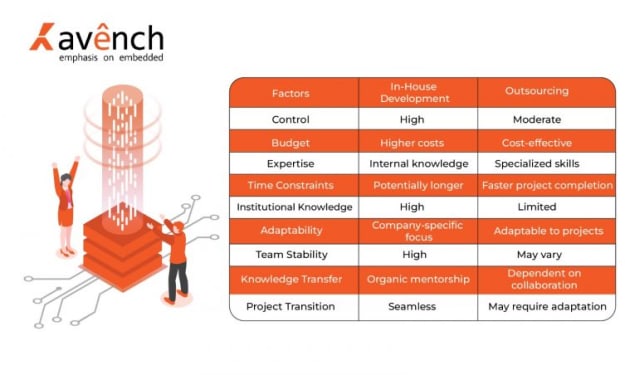APPLICATION OF EMBEDDED SYSTEMS DEVELOPMENT
Application of Embedded Systems Development

The Evolution and Application of Embedded Systems Development
In the realm of modern technology, embedded systems play a pivotal yet often overlooked role. These systems, consisting of hardware and software designed for specific functions within larger electronic devices, are ubiquitous in today's interconnected world. From household appliances to industrial machinery, from wearable devices to automotive systems, embedded systems are the invisible engines driving functionality and performance.
Understanding Embedded Systems
Embedded systems are specialized computing systems designed to perform dedicated functions, often with real-time computing constraints. Unlike general-purpose computers, which are versatile and capable of running various applications, embedded systems are tailored for specific tasks, optimized for efficiency, reliability, and often constrained by cost and power considerations.
Application Domains
Consumer Electronics: In everyday life, embedded systems are embedded (pun intended) in devices like smart TVs, digital cameras, home assistants (like Amazon Echo or Google Home), and kitchen appliances. These systems ensure these devices function seamlessly, process inputs effectively (such as voice commands or sensor data), and provide outputs swiftly (like video or audio playback).
Automotive Industry: Embedded systems are crucial in modern vehicles, controlling everything from engine management to advanced driver assistance systems (ADAS). They manage fuel injection, regulate braking systems, and enable features such as collision avoidance and adaptive cruise control, enhancing both safety and efficiency on the road.
Industrial Automation: In manufacturing and industrial settings, embedded systems control machinery, monitor processes, and ensure precise operation of equipment. They enable automation of repetitive tasks, maintain quality control, and facilitate data collection for analysis and optimization of production processes.
Healthcare Devices: Medical devices like infusion pumps, heart monitors, and MRI machines rely on embedded systems for accurate measurements, real-time monitoring, and precise control. These systems must meet stringent safety and reliability standards to ensure patient well-being and regulatory compliance.
Development Challenges and Innovations
Developing embedded systems poses unique challenges due to the need for real-time responsiveness, resource constraints, and often, strict regulatory requirements. Developers must optimize software and hardware integration, manage power consumption, and ensure robust security to protect against vulnerabilities.
Hardware Design: Engineers must select appropriate microcontrollers or microprocessors based on performance requirements and power constraints. They design circuit boards and integrate sensors, actuators, and communication interfaces to meet functional specifications.
Software Development: Embedded software is typically written in low-level programming languages like C or assembly language to maximize efficiency and control over hardware resources. Real-time operating systems (RTOS) or bare-metal programming approaches are chosen based on system requirements.
Testing and Validation: Rigorous testing is essential to ensure embedded systems meet functional and performance requirements. Techniques such as unit testing, integration testing, and hardware-in-the-loop (HIL) testing are employed to verify reliability, safety, and compliance with industry standards.
Future Trends
The future of embedded systems development is poised for further innovation and integration into diverse applications:
Internet of Things (IoT): Embedded systems will play a crucial role in the expanding IoT ecosystem, connecting devices and enabling smart environments where interconnected devices communicate and collaborate autonomously.
Artificial Intelligence (AI): AI-driven embedded systems will enhance autonomous decision-making capabilities in various domains, from autonomous vehicles to smart homes, by enabling real-time data analysis and adaptive behavior.
Edge Computing: With the proliferation of data-intensive applications, embedded systems will increasingly perform data processing and analytics locally (at the edge) to reduce latency and bandwidth usage, improving overall system performance.
Conclusion
Embedded systems development is not just about creating devices; it's about empowering innovation across industries. As technology advances, these systems will continue to evolve, becoming smarter, more interconnected, and more integral to our daily lives. From enhancing healthcare outcomes to revolutionizing transportation and manufacturing, the impact of embedded systems will only grow. As developers and engineers push the boundaries of what's possible, the future holds exciting possibilities for embedded systems to drive efficiency, connectivity, and progress in a rapidly changing world.
About the Creator
Enjoyed the story? Support the Creator.
Subscribe for free to receive all their stories in your feed. You could also pledge your support or give them a one-off tip, letting them know you appreciate their work.





Comments
There are no comments for this story
Be the first to respond and start the conversation.